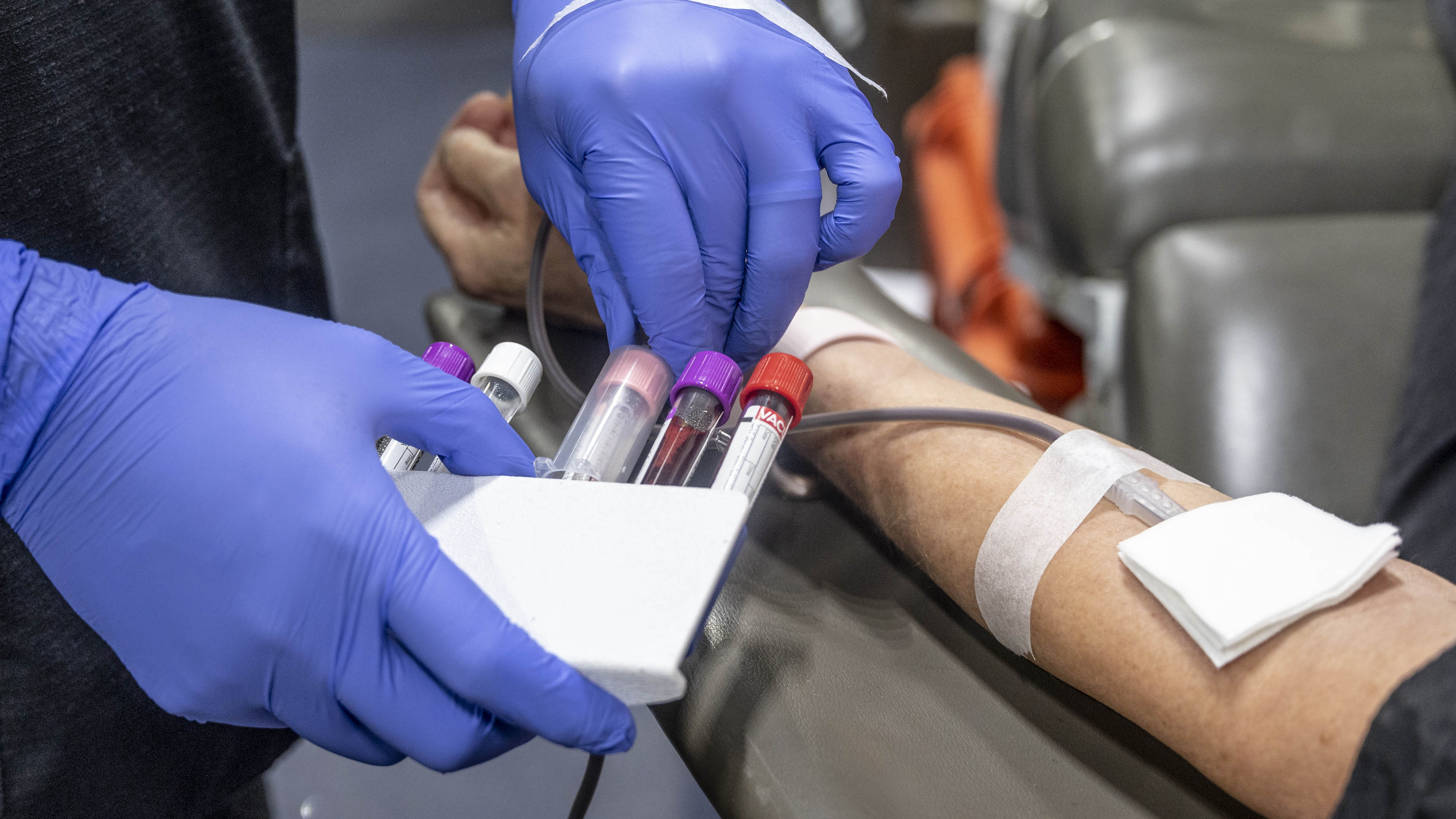A New York resident contracted the first confirmed human case of Eastern equine encephalitis in the state in nearly a decade and has died, the governor's office announced this week.
So what exactly is the mosquito-borne disease EEE or Triple E?
What is EEE or Eastern equine encephalitis?
Eastern equine encephalitis, often referred to as EEE or Triple E, is a rare, but serious disease, largely found in North America and spread through the bite of an infected mosquito, the Centers for Disease Control and Prevention reports.
It is caused by a virus and is not very common around the world. The virus typically spreads in certain swamps, including red maple and white cedar swamps in Massachusetts.
People and some animals, including horses, can become infected from a bite of an infected mosquito.
Get Tri-state area news delivered to your inbox. Sign up for NBC New York's News Headlines newsletter.
What are the symptoms of EEE?
Health
Most people infected with eastern equine encephalitis don't develop symptoms, but some can come down with fever or swelling of the brain and about one third of people infected die.
Symptoms can include mild fever, headache, fatigue, muscle aches, neck stiffness, tremors, or confusion, according to the state of Connecticut's Mosquito Management Program.
How serious is EEE?
More severe cases of Triple E can include inflammation of the brain, coma, convulsion, and even death.
Three of every 10 people who get the disease die from it, Connecticut's Mosquito Management Program reports, which said doctors who are treating a patient with EEE can provide treatment to support the symptoms.
What is the treatment for EEE?
The CDC said there is "no specific treatment" for eastern equine encephalitis, but patients can be supported with pain control, rehydration, and treatment for nausea or vomiting.
How common is EEE in the United States?
There have been three cases of eastern equine encephalitis in the U.S. this year, according to the U.S. Centers for Disease Control and Prevention, one each in Massachusetts, New Jersey and Vermont.
The worst year for the disease was 2019, with 38 cases.
Is there a vaccine for EEE?
There is currently no vaccine for EEE approved for use in humans, the CDC reports.
How can you prevent getting EEE?
Without a vaccine, the CDC said the best way to prevent getting EEE is to practice common methods of avoiding mosquito bites, including:
- Using insect repellent
- Wearing long-sleeved shirts and pants
- Treating clothing and gear with 0.5% permethrin
- Taking steps to control mosquitoes indoors and outdoors



